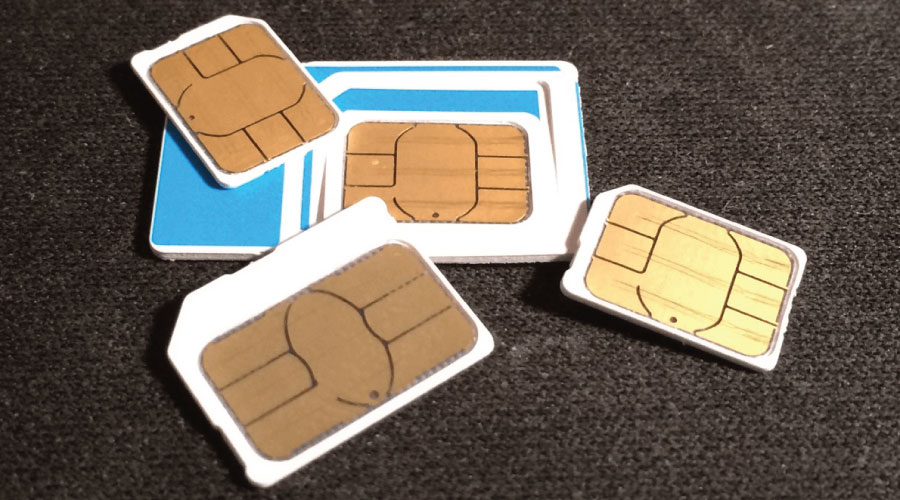
When traveling or relocating to the United States, staying connected becomes a top priority. Not to mention, with so many landmarks like the Grand Canyon, Statue of Liberty, and Hollywood to visit, sharing your experiences in real time is a joy. Choosing the right US SIM card for your needs can be a daunting task, given the myriad of options available. This guide will walk you through the key considerations and offer comparisons to help you make an informed decision.
Understanding the SIM Card Landscape
Before diving into comparisons, it's essential to understand the mobile landscape. The United States boasts a diverse range of network providers, each offering a plethora of plans tailored to various user needs. Whether you're a tourist, a student, or a business traveler, there's likely a perfect match out there for you. In recent years, the competition among these providers has intensified, ensuring that customers get more value for their money.
Coverage: The Foundation of Your Connection
Coverage refers to the geographical area where you can access a mobile network. It's the cornerstone of any SIM card choice. Some providers excel in urban areas, while others shine in more rural settings. When choosing, consider where you'll spend most of your time. If you're traveling coast to coast, you might want a provider with comprehensive national coverage. On the other hand, if you're sticking to a major city, most networks will serve you well. As an added tip, it's always a good idea to check coverage maps provided by carriers, as these give a visual representation of their network strength across the country.
Data Plans: Matching Your Consumption
Data has become a crucial component of digital lives. When considering a SIM, evaluate how much data you'll need. Are you a heavy streamer, or do you primarily use data for messaging and light browsing? Different providers offer varying data packages, from unlimited plans to pay-as-you-go options. Align your choice with your consumption habits to avoid unwanted surprises. Remember that activities like video streaming or online gaming consume more data than simply browsing the web or checking emails.
Call and Text Options: Staying in Touch
While data reigns supreme for many, let's not forget the basics. Assess how often you'll be making calls or sending texts. Some travelers prioritize international calling options, allowing them to keep in touch with loved ones back home. Others might only need domestic capabilities. Whichever category you fall into, ensure the SIM you choose aligns with your communication needs. It's also worth noting that many providers bundle text and call services with data plans, making it more economical for users.
Cost Considerations: Budgeting for the Best
The United States can be expensive, and mobile plans are no exception. Determine a budget beforehand and stick to it. Some SIM options might seem attractive due to a plethora of features but can quickly become costly with hidden fees and extra charges. Always read the fine print and be sure of what you're signing up for. Keep in mind that while postpaid plans often come with more perks, prepaid options can offer flexibility without long-term commitments.
Making the Final Choice
Armed with this knowledge, you're now better prepared to traverse the intricate network of SIM cards in the United States. Remember to always prioritize your needs, be it coverage, data, calls, texts, or cost. In doing so, you'll find the perfect match that not only keeps you connected but also aligns with your budget and usage patterns.
In conclusion, selecting the right US SIM card for your needs doesn't have to be an arduous task. By weighing your requirements against what's on offer, you can easily find a solution that ensures seamless connectivity throughout your journey. Safe travels and happy connecting!